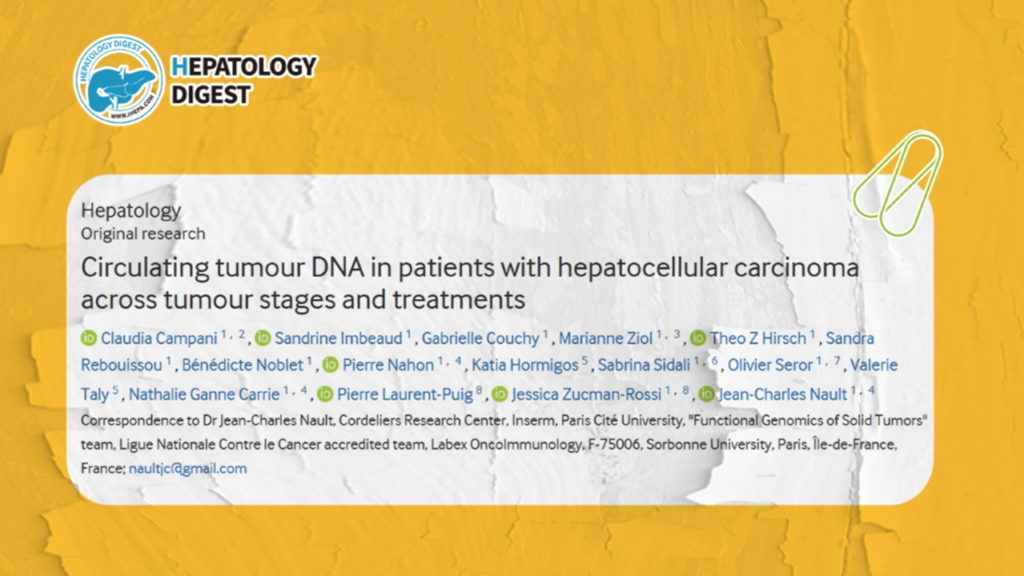
Interventional therapy is an emerging clinical discipline and an important part of minimally invasive medicine. It stands as the third major clinical discipline, distinct from traditional internal medicine and surgery. Interventional therapy allows the treatment of various diseases through tiny channels a few millimeters in diameter created in the skin, using advanced imaging technologies such as DSA, ultrasound, and CT, without the need for large incisions to expose the lesion. Special needles, catheters, drugs, or stents are employed to treat the affected organs and tissues. To provide cutting-edge advancements in interventional hepatology, Hepatology Digest has partnered with Dr. Xuefeng Luo from West China Hospital of Sichuan University to create the "Interventional Therapy in Hepatobiliary Diseases" column. This monthly column aims to share the latest research, convey standardized treatment concepts, and track the latest developments in interventional therapy, with the goal of benefiting experts, researchers, and frontline medical workers in the field.










